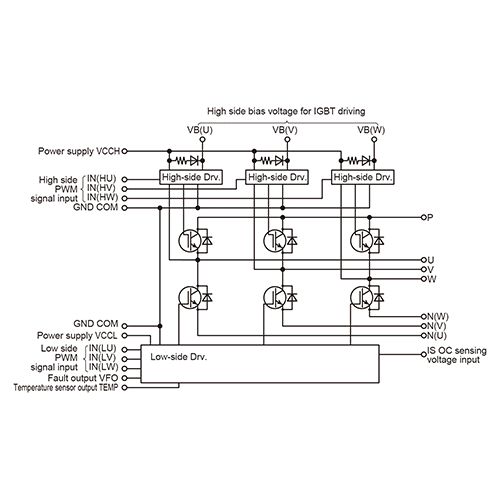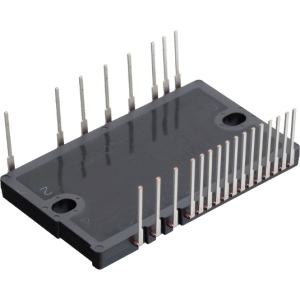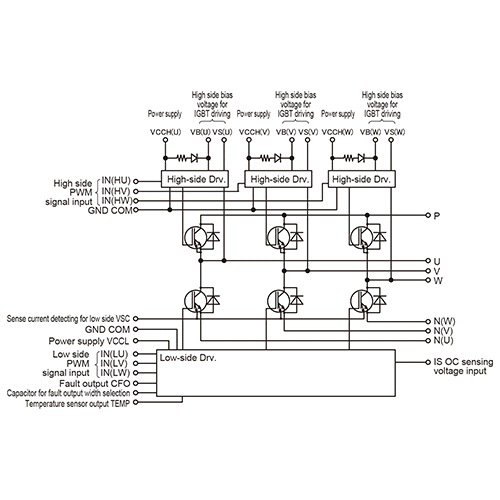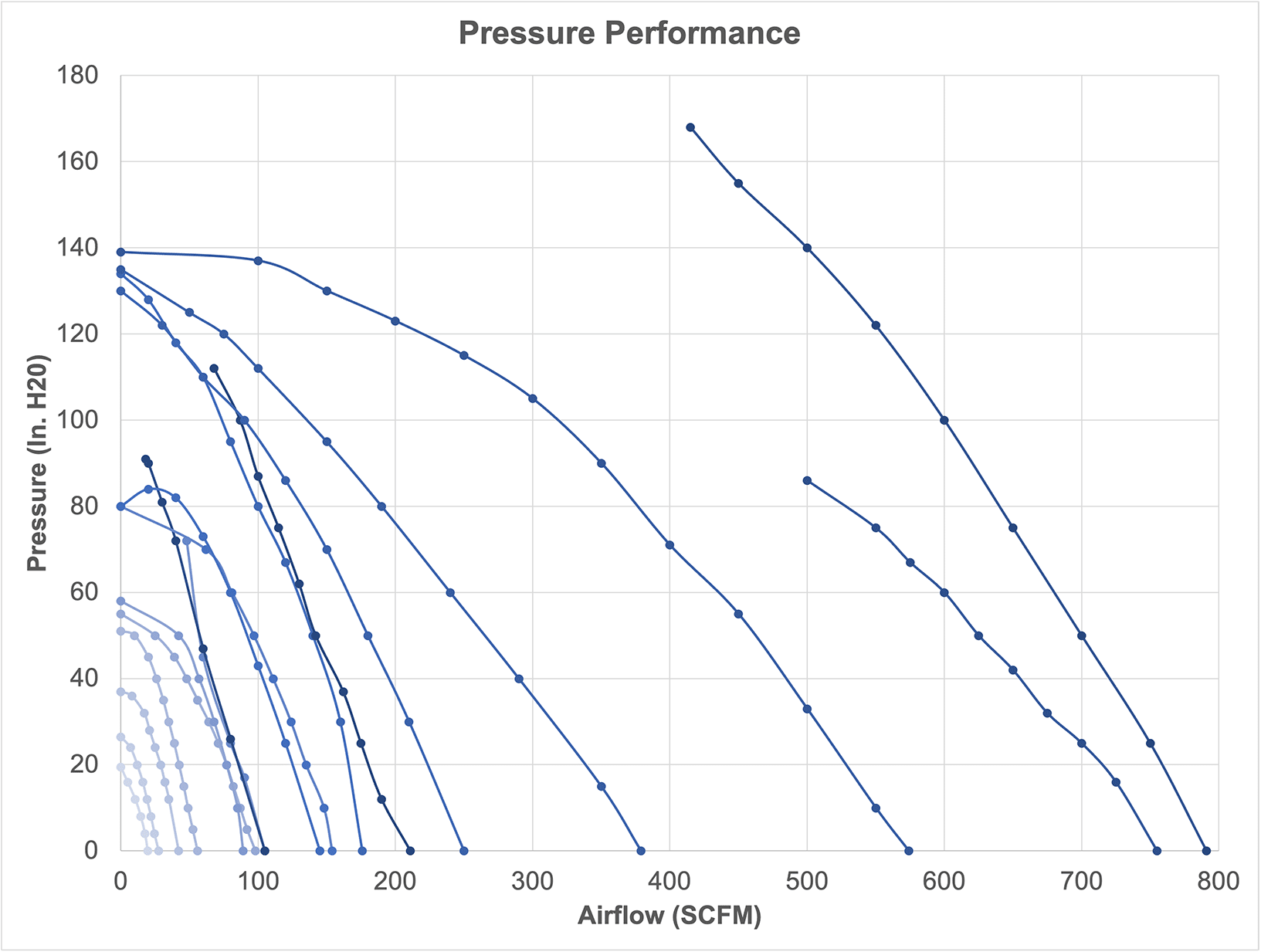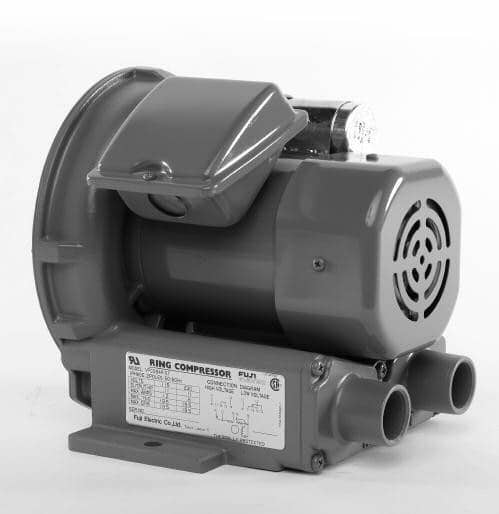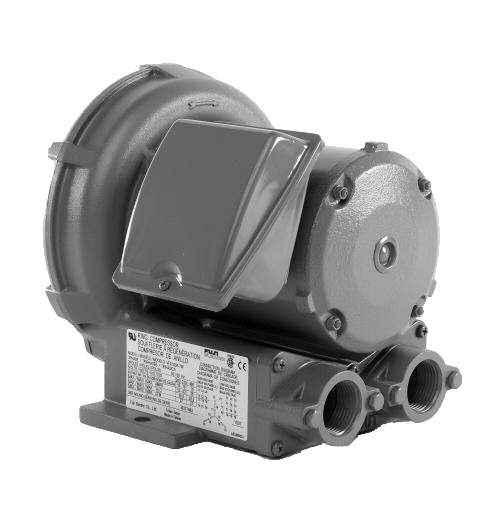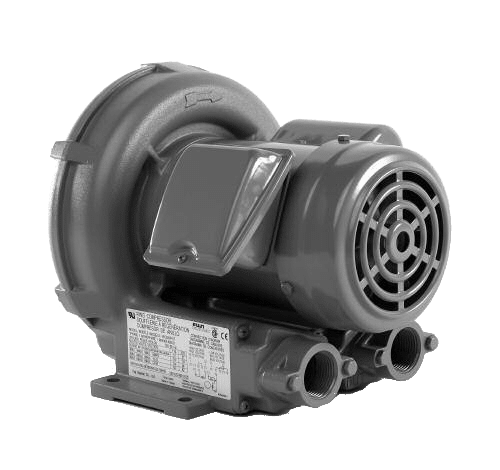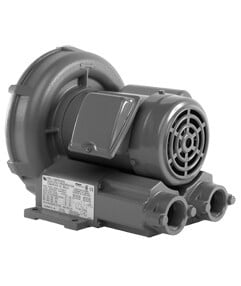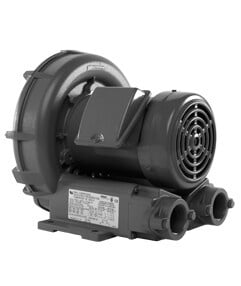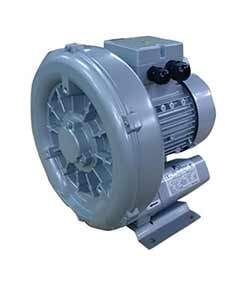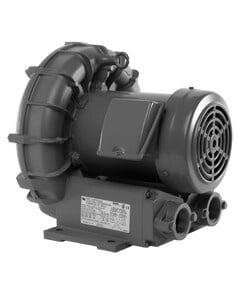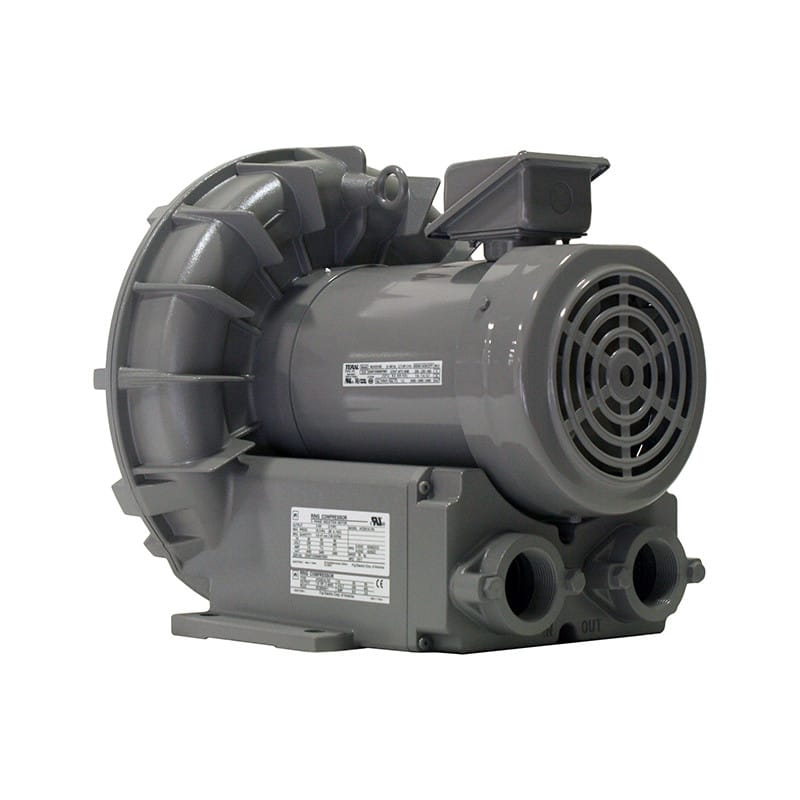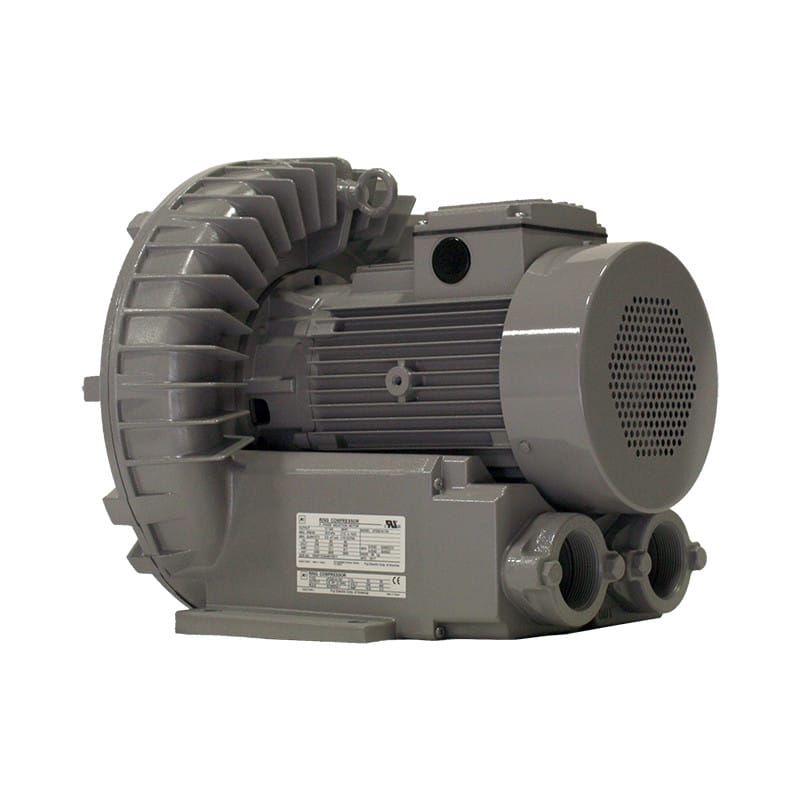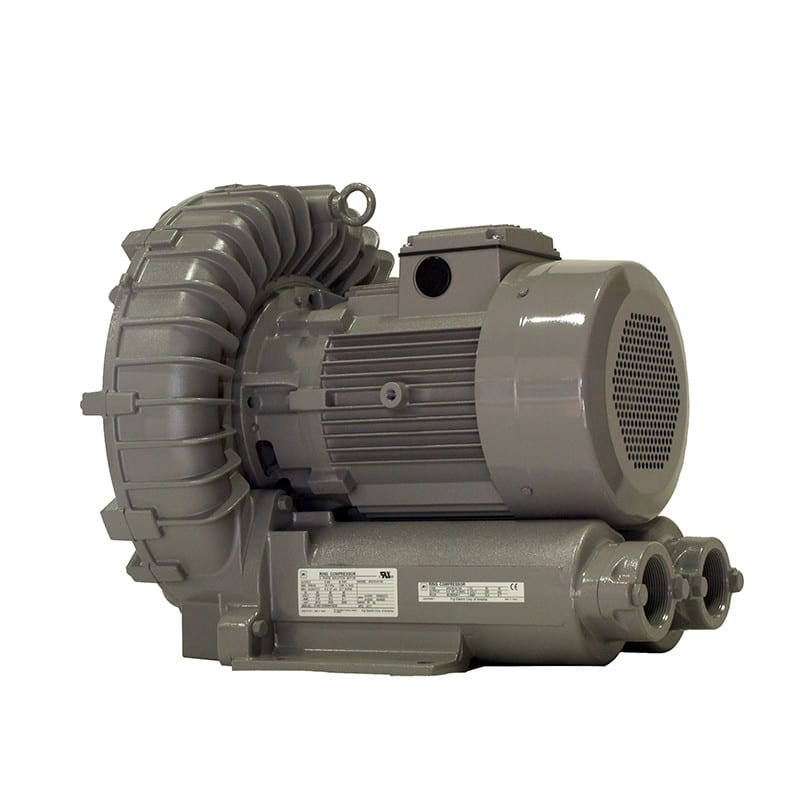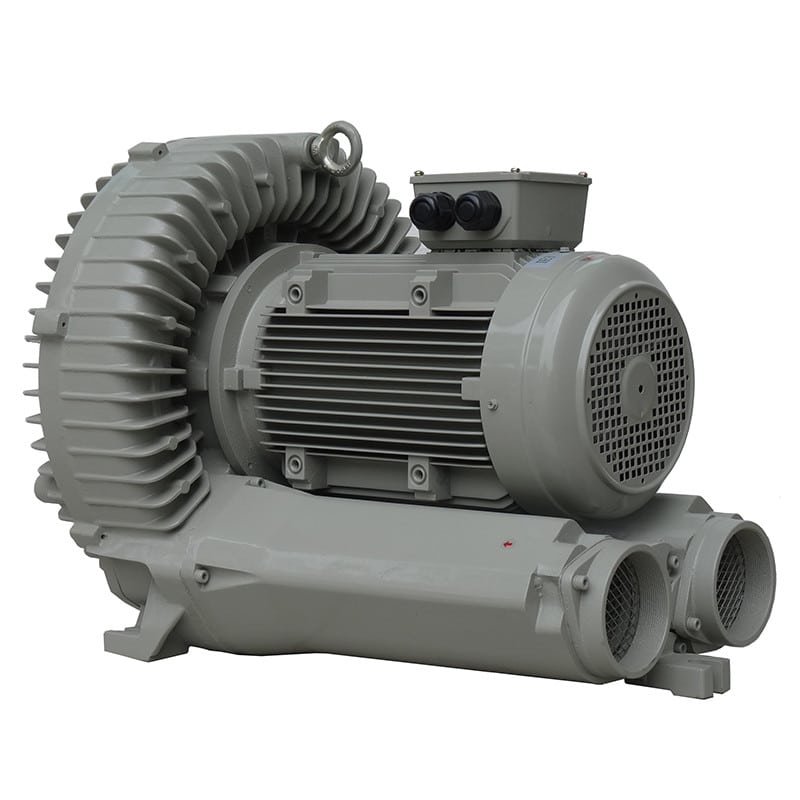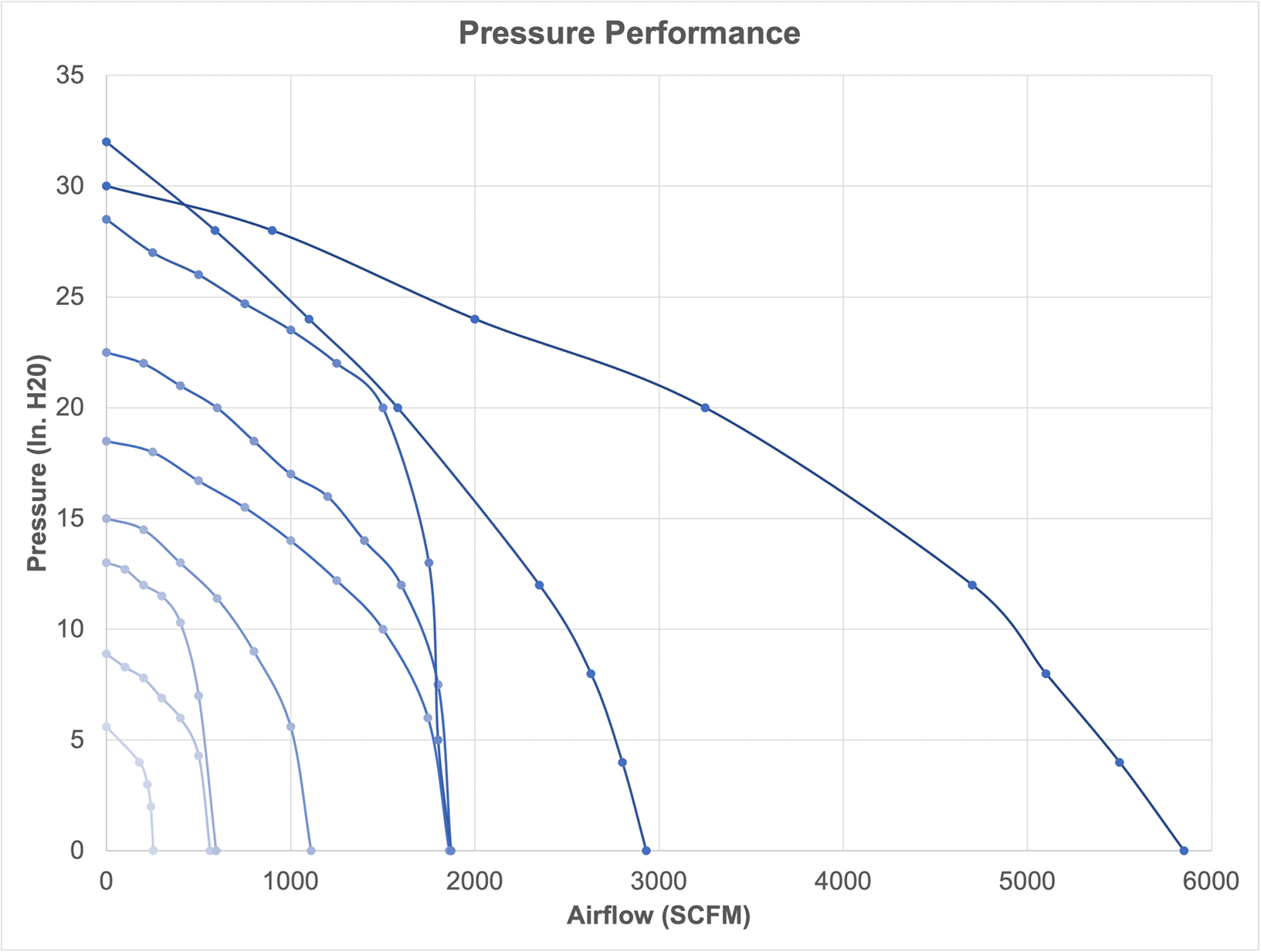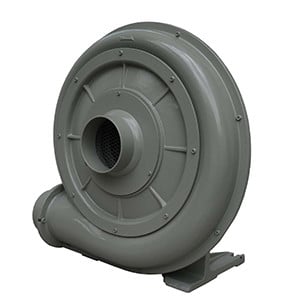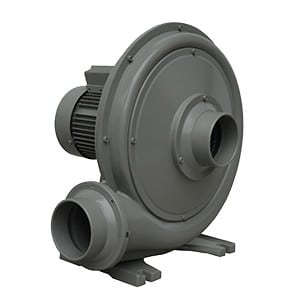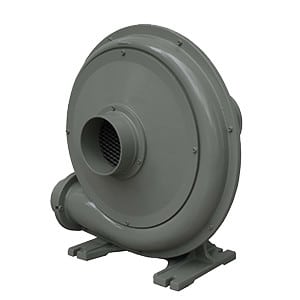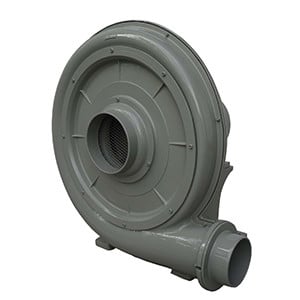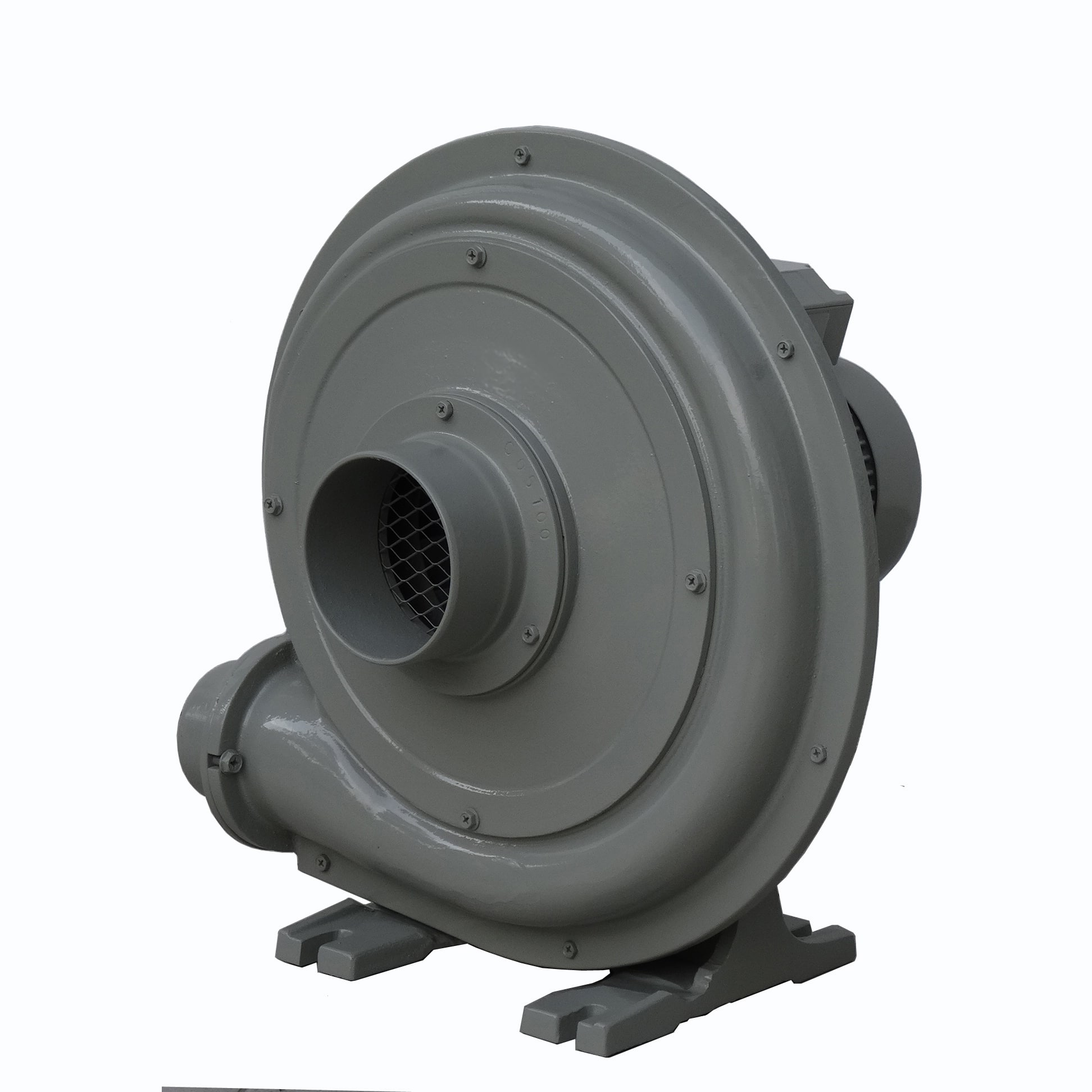Pulse Width Modulation (PWM) is a technique used to vary voltage and frequency in motor control systems, such as those employing AC drives. It achieves this by rapidly switching the power supplied to a motor on and off, creating a waveform that mimics a sinusoidal voltage at a desired frequency and magnitude. Here’s how it works: 
- Voltage Variation through Duty Cycle
The PWM signal is a series of pulses where the proportion of time the signal is “on” (called the duty cycle) determines the effective voltage supplied to the motor.
- Duty Cycle: This is the percentage of the time a pulse is “on” compared to the total period of the pulse.
- Effective Voltage: By varying the duty cycle, the average voltage seen by the motor changes:
- Higher duty cycle → Higher effective voltage.
- Lower duty cycle → Lower effective voltage.
For example:
- A 50% duty cycle results in an average voltage that is half the peak voltage.
- A 75% duty cycle results in an average voltage that is three-quarters of the peak voltage.
- Frequency Variation through Pulse Repetition Rate
The frequency of the motor’s power supply is controlled by the rate at which the PWM pulses are repeated.
- Pulse Repetition Frequency: The number of complete PWM cycles per second determines the fundamental frequency of the simulated AC waveform.
- To increase the motor’s speed, the frequency of the PWM signal is increased.
- To decrease the speed, the frequency is reduced.
- Combining Voltage and Frequency Control
In applications like motor drives, voltage and frequency must be varied together to maintain a constant voltage-to-frequency (V/f) ratio, ensuring the motor operates efficiently and avoids overheating or underperformance.
- PWM Implementation:
- A sine wave reference is used to determine the desired output frequency and amplitude.
- The PWM signal is generated by comparing this reference sine wave to a high-frequency triangular wave (the carrier wave).
- The intersection points of the two waves determine the on-off switching points of the PWM pulses.
- Mimicking Sinusoidal Output
Although PWM generates a square wave, the high-frequency switching causes the motor windings to average the pulses, effectively producing a waveform similar to a sinusoidal AC voltage. The motor inductance smooths out the rapid transitions, making it respond as if it is receiving a pure sinusoidal signal.
Advantages of PWM in Voltage and Frequency Control:
- Precision: Allows fine control of voltage and frequency for smooth motor operation.
- Efficiency: Reduces power losses compared to other control methods like resistive voltage control.
- Flexibility: Can easily adapt to different voltage and frequency requirements.
In summary, PWM varies voltage by adjusting the duty cycle of the pulses, and it varies frequency by changing the rate at which the pulses are generated, allowing precise control of motor speed and torque.

































